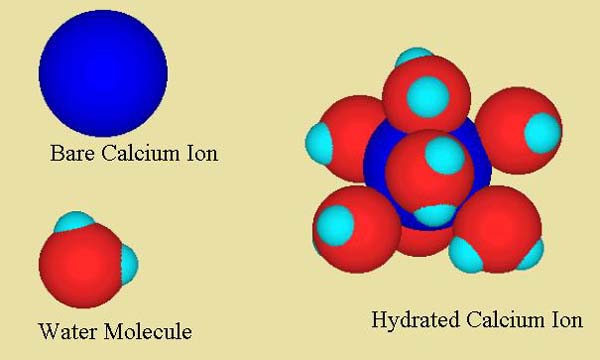- Joined
- May 22, 2016
- Messages
- 6,545
- Reaction score
- 10,102
The Salifert potassium test is a pretty good test. Here's some regression data I did using known KCl additions.

This kit that I had was giving measured values responding to K additions about 30% lower than the addition amount. This is not too bad, can be corrected by controlling the drop size or just having a regression equation.
In any case, Salifert K kits seem possibly unavailable for the foreseeable near future ("backordered for a year" is the quote attributed to somebody at BRS). And I'm unaware of any other well-functioning test kits.
https://www.reef2reef.com/threads/salifert-potassium-test-availability.988432/
So this thread is here to collect info on how to generate a Potassium test kit that might perform similarly to the salifert. (Or determine that it's really impractical to do so.)
Some basics:
1.00 mL of sample water
0.50 mL of a reagent that makes everything go very cloudy (swirl 20 seconds)
5 drops of a clear reagent that ????
Then the titration reagent:
The titrant may be using some polyelectrolyte chemistry. It's a blue liquid that is immediately neutralized to colorless early in the titration.
At the end of the titration, the last drop causes the sample to go from cloudy white /pale yellow to pale blue. That is, the blue drop is no longer neutralized and the test solution instead of simply being cloudy, aggregates big clumps.
I haven't seen any good references that sound very close to the test method. If you've run across any papers that might help, please share.
This kit that I had was giving measured values responding to K additions about 30% lower than the addition amount. This is not too bad, can be corrected by controlling the drop size or just having a regression equation.
In any case, Salifert K kits seem possibly unavailable for the foreseeable near future ("backordered for a year" is the quote attributed to somebody at BRS). And I'm unaware of any other well-functioning test kits.
https://www.reef2reef.com/threads/salifert-potassium-test-availability.988432/
So this thread is here to collect info on how to generate a Potassium test kit that might perform similarly to the salifert. (Or determine that it's really impractical to do so.)
Some basics:
1.00 mL of sample water
0.50 mL of a reagent that makes everything go very cloudy (swirl 20 seconds)
5 drops of a clear reagent that ????
Then the titration reagent:
The titrant may be using some polyelectrolyte chemistry. It's a blue liquid that is immediately neutralized to colorless early in the titration.
At the end of the titration, the last drop causes the sample to go from cloudy white /pale yellow to pale blue. That is, the blue drop is no longer neutralized and the test solution instead of simply being cloudy, aggregates big clumps.
I haven't seen any good references that sound very close to the test method. If you've run across any papers that might help, please share.




















